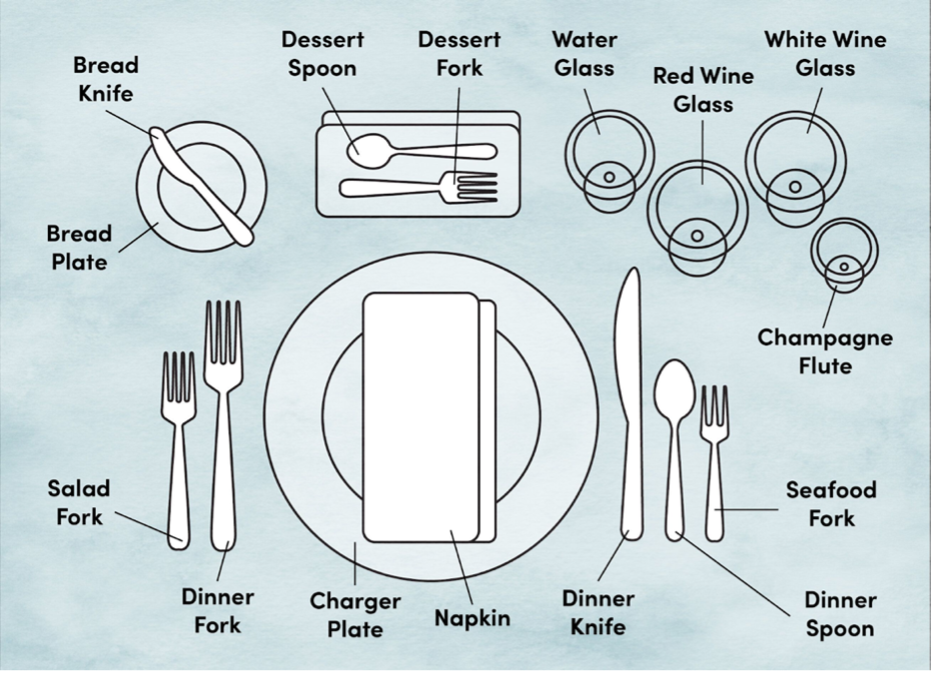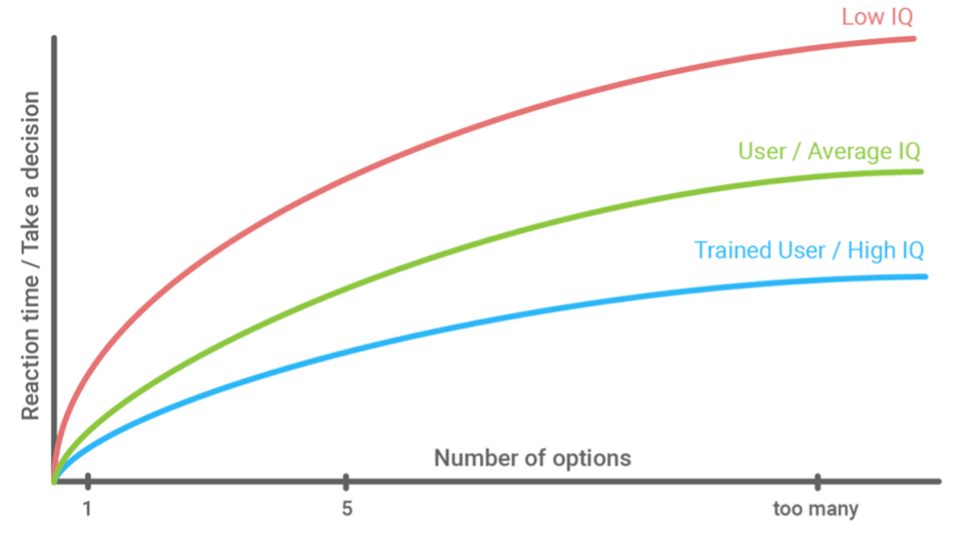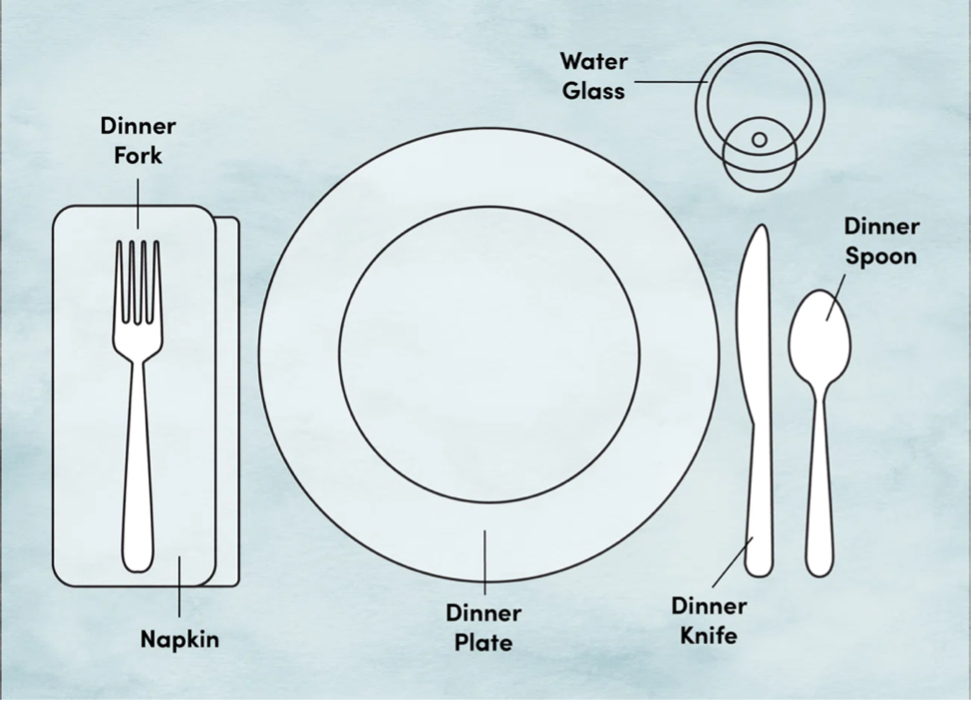Humans are complex. We have different needs and goals at different times and in different contexts. If we want to create experiences that are both purposeful and pleasurable, we need to understand what these complexities are and in which contexts needs and goals change. We can do this by using psychology to better understand key moments and mindsets in a customer journey. Ultimately, empowering our customers to feel satisfied and delighted.
Experiences must be user-friendly and human-centered
“User-friendly” is a term often used in the user experience design world. It’s the universal concept that a product of any kind is easy to use and understand. If you’re in business, it’s essential for success because if a product or experience is not user-friendly, it will indeed lose out to one that is. While essential, being user-friendly is simply the baseline for what a product or experience should be if it’s going to have any lasting purpose in peoples’ lives.
A lesser-known term that UX designers use is “human-centered.” Human-centered is an iterative approach to design that takes the context of the user’s needs, goals, and frustrations into account. It argues that just because something is user-friendly, does not necessarily mean it’s useful. Take a fork for example. A fork is easy to use and useful if you’re eating a salad, but what if you’re eating soup? It’s no longer useful and would even create a frustrating experience.
A server who has not taken the customer’s needs into account would overlook this. However, a server practicing empathy would anticipate the needs of their customer. Knowing the customer ordered soup, they’d bring them a spoon instead of a fork. Furthermore, if the customer ordered soup and a salad, the server would bring them a spoon and a fork. By understanding the needs of the customer in specific contexts, the server is able to create an enjoyable experience that meets the goals of the customer.
If a product or experience is going to be purposeful and pleasurable, it’s critical to understand what’s useful, not just easy to use. We learn what’s useful through empathizing with the humans who experience a product or service. We do this by:
- Interviewing and learning about needs, goals, frustrations, and specific contexts in which these exist.
- Organizing findings into empathy maps and seeing a fuller picture.
- Creating journey maps that reflect situational contexts, ensuring a product is meeting specific needs and goals, and eliminating frustrations.
- Understanding human behavior by looking beyond hard data, when we know it’s not telling the whole story.
Let data and psychology guide you
To understand user behavior, it’s common practice to look at quantitative metrics such as hard data. Monitoring these metrics is key to measuring success, but as mentioned above, it doesn’t always tell a complete story. That’s where qualitative data comes in. Quantitative metrics tell us the “what.” Qualitative data tells us the “why.” We need to understand both in order to create purposeful and pleasurable experiences.
It’s been shown through numerous psychological studies that humans prefer simplicity over an abundance of choice. Too many choices create mental fatigue and cause a person to feel dissatisfied with an experience. Think of a table setting with excessive silverware options. The average person would not know where to start, or what fork should be used when. Instead of simply enjoying their dinner, they may feel overwhelmed and worry about making the wrong selection. This cognitive overload causes them to perceive the overall experience as dissatisfying.
This concept is explained by a UX principle called “Hick’s Law.” Hick’s Law states the more options a user has, the more time and energy it will take for them to make a decision—often causing them to abandon an experience all-together.
We can alleviate this cognitive overload by:
- Limiting choices
- Highlighting recommended options
- Breaking complex tasks into smaller steps
Moments and mindsets matter
In order to create purposeful and pleasurable experiences, we need to define key moments and mindsets. We can then use these as opportunities to create emotional touchpoints.
Emotional touchpoints are moments in an experience that appeal to the senses. They’re extremely significant when recalling an experience. This concept is explained by a UX principle called the “Peak-End Rule.” The Peak-End Rule states that user’s judge an experience largely based on how they felt at the peak and at the end.
 To create those positive peak and end moments in an experience, we need to understand a person’s mindset. What are their needs and goals in a specific context? Keeping with our fork analogy, let’s say your customer is stopping by your restaurant to pick up food to go as they travel through on a road-trip. Knowing they’re on the road, you’d empathize with their needs in this specific context. Instead of providing a metal fork, you’d provide a plastic one they can easily dispose of while on-the-go. By doing so, you’ve eliminated potential frustration of them not knowing what to do with a metal fork on the road. And you’ve created a purposeful and pleasurable experience.
To create those positive peak and end moments in an experience, we need to understand a person’s mindset. What are their needs and goals in a specific context? Keeping with our fork analogy, let’s say your customer is stopping by your restaurant to pick up food to go as they travel through on a road-trip. Knowing they’re on the road, you’d empathize with their needs in this specific context. Instead of providing a metal fork, you’d provide a plastic one they can easily dispose of while on-the-go. By doing so, you’ve eliminated potential frustration of them not knowing what to do with a metal fork on the road. And you’ve created a purposeful and pleasurable experience.
The Takeaway
Designing an experience that’s user-friendly is not enough. We can’t simply think of users as users. We should instead think of them as complex humans with a wide range of contextual needs, goals, and frustrations. We need to start from a place of truly understanding their mindsets and motivations. Because when we do, we create experiences that meet them where they are. And that’s where we can offer them something truly purposeful and pleasurable.





